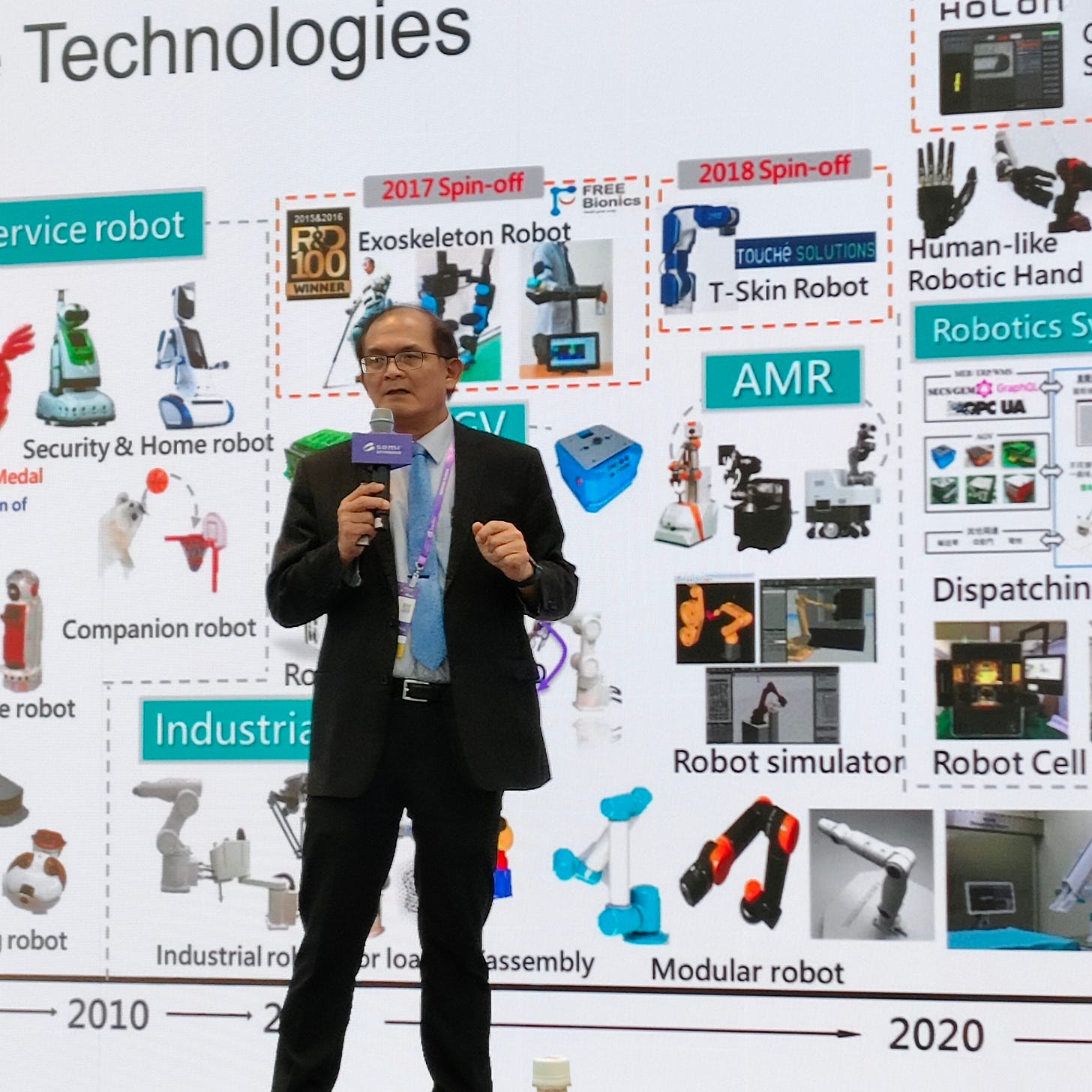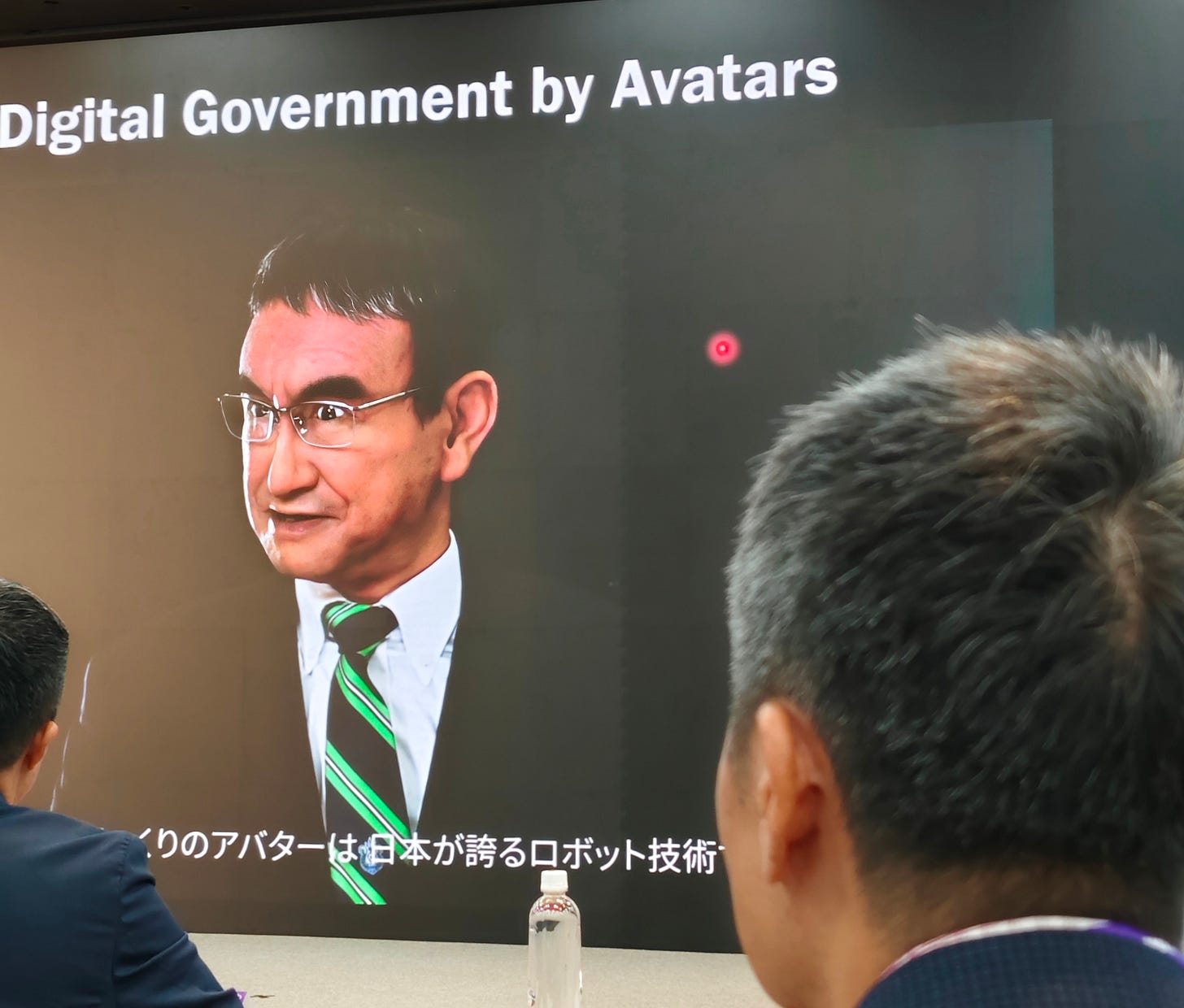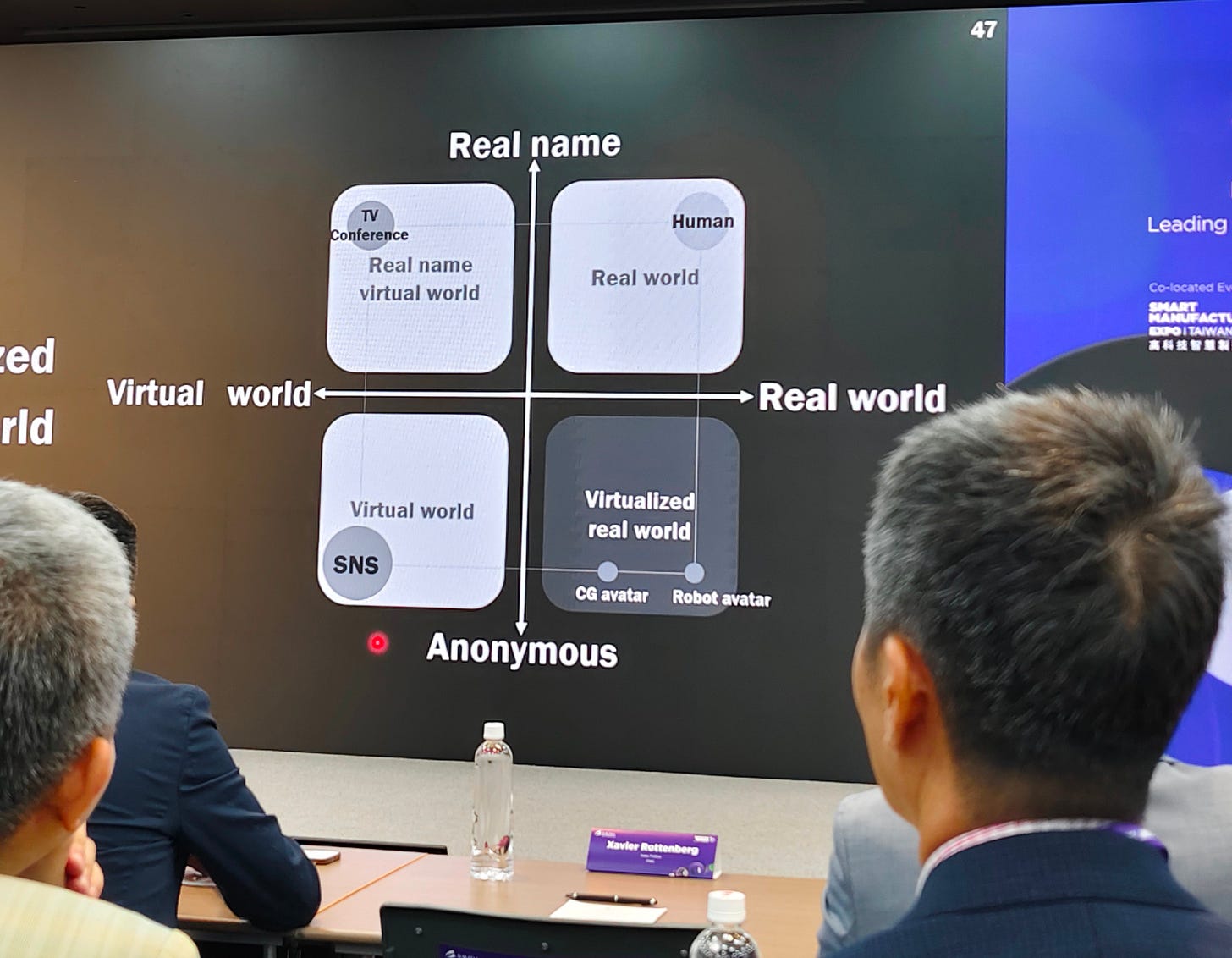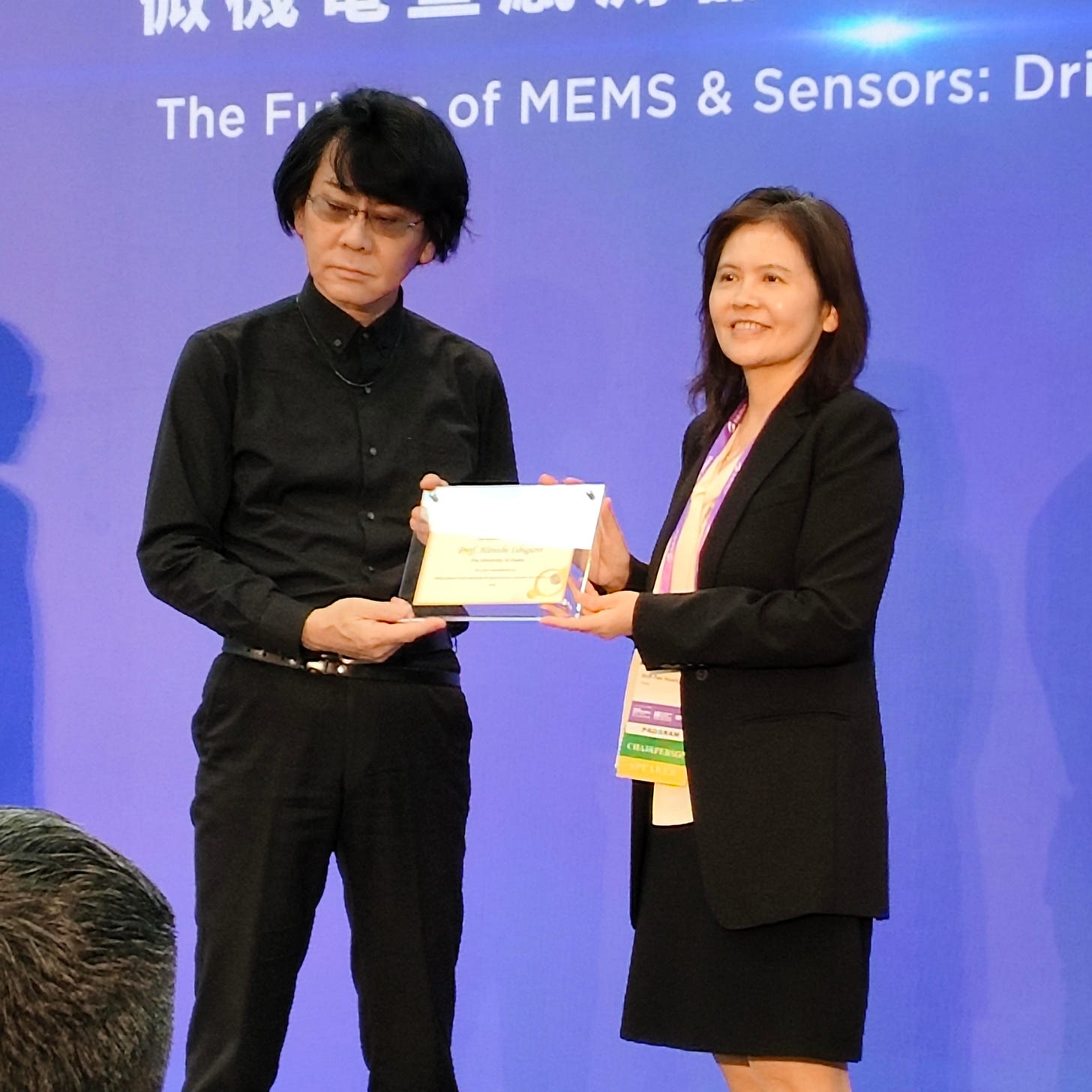The AI-Driven Future of Humanoids and Avatars, According to Ishiguro and Hu at SEMICON Taiwan 2025
How pioneers in humanoid robotics are redefining identity, industry, and the human-machine frontier.
For decades, robots coexisting with humans was the stuff of science fiction. Today, that vision is leaping off the page and into daily life, accelerated by breakthroughs in artificial intelligence. As machines grow more capable of mirroring human behavior and thought, the boundary between our physical presence and digital selves is blurring—opening extraordinary opportunities while raising difficult questions for society and industry alike.
At SEMICON Taiwan 2025, two pioneers offered distinct perspectives on this transformation. Dr. Hiroshi Ishiguro, known as the “father of humanoid robots,” painted a sweeping vision of how robots could reshape human identity and relationships. In contrast, Dr. Jwu-sheng Hu of Taiwan’s Industrial Technology Research Institute (ITRI) grounded the discussion in the practical realities of engineering and industrial adoption.
The Human-Avatar Symbiosis: A Japanese Vision
Dr. Hiroshi Ishiguro's work is rooted in addressing Japan's pressing demographic issues, particularly labor shortages and a rapidly aging population. His solution? A "human-avatar symbiotic society" where avatars—physical robots or sophisticated computer graphics controlled by human intent—dramatically augment human capabilities.
Ishiguro's concept of an avatar goes far beyond a simple online profile. It's an intelligent entity where a human provides the high-level intent, and an AI handles the complex execution. The advent of Large Language Models (LLMs) has been a game-changer, enabling these robots to have natural, sophisticated conversations and even operate in languages the human operator does not speak. This creates a new kind of personal presence, allowing a single individual to be in multiple places at once, whether for business meetings, conferences, or even government speeches, as demonstrated by Japan’s digital minister, Taro Kono.
But why the humanoid form? For Ishiguro, it's a matter of psychology and constructive science. Humans are biologically wired to interact with other humans. By making robots human-like, they become the most intuitive interface. Furthermore, building these robots enables scientists to gain a deeper understanding of higher human functions, such as consciousness and emotion—a field Ishiguro refers to as "constructive science."
The societal implications are vast. Avatars can offer full participation in society for individuals with physical disabilities, transcending issues of mobility, age, and physical form. They are already being deployed in real-world scenarios, including remote healthcare consultations, after-school care by retired teachers, and even as salespeople for sensitive products like life insurance, where customers feel more comfortable discussing personal details with an unjudgmental AI. This accelerated adoption was largely spurred by the COVID-19 pandemic, which normalized remote interactions and opened up the market for avatar technologies.
Industrial Realities: Taiwan's Strategic Approach
Shifting focus to the industrial perspective, Dr. Hu emphasizes that robots are no longer just mechatronic devices. The deep integration of AI makes them vastly more complex and capable, transforming them from simple tools of automation to autonomous agents.
This shift from "automation" (robots repeating pre-programmed actions) to "autonomy" (robots planning and executing their own actions to achieve a human-set goal) is a significant leap. It requires advanced AI like LLMs and world models to understand environments and make decisions. This newfound complexity, however, brings new engineering challenges, such as power consumption and heat dissipation. Dr. Hu views these not as obstacles, but as opportunities that drive innovation in new materials, cooling systems, and specialized engineering, spawning entirely new industries.
Taiwan’s strategy reflects this pragmatic view. In the short term, they are focused on "value-added innovation," integrating existing AI tech into current industrial robots to enhance their capabilities. For the long term, they are leveraging their strengths in semiconductor and computer manufacturing to focus on the hardware challenges—the "building blocks"—of the next generation of robots. This includes digitizing the subtle knowledge of master craftsmen, building a “Large Behavior Model”, and creating industry standards for mobile robots.
Global Competition and the Road Ahead
The global landscape of robotics is marked by intense competition, notably from China, which Ishiguro notes has a significant advantage in low-cost hardware and government funding. While this poses a challenge for other nations, Ishiguro suggests a pragmatic path forward: combining national strengths, such as Japan’s software or Taiwan’s components, with China’s hardware to expand the market collectively.
Ultimately, the future of humanoids and avatars is not about replacing humans but about enhancing human potential. As AI makes these machines smarter and more versatile, they hold up a mirror to our own capabilities, pushing us to explore what it truly means to be human in a world where our physical and digital selves are becoming increasingly intertwined.




